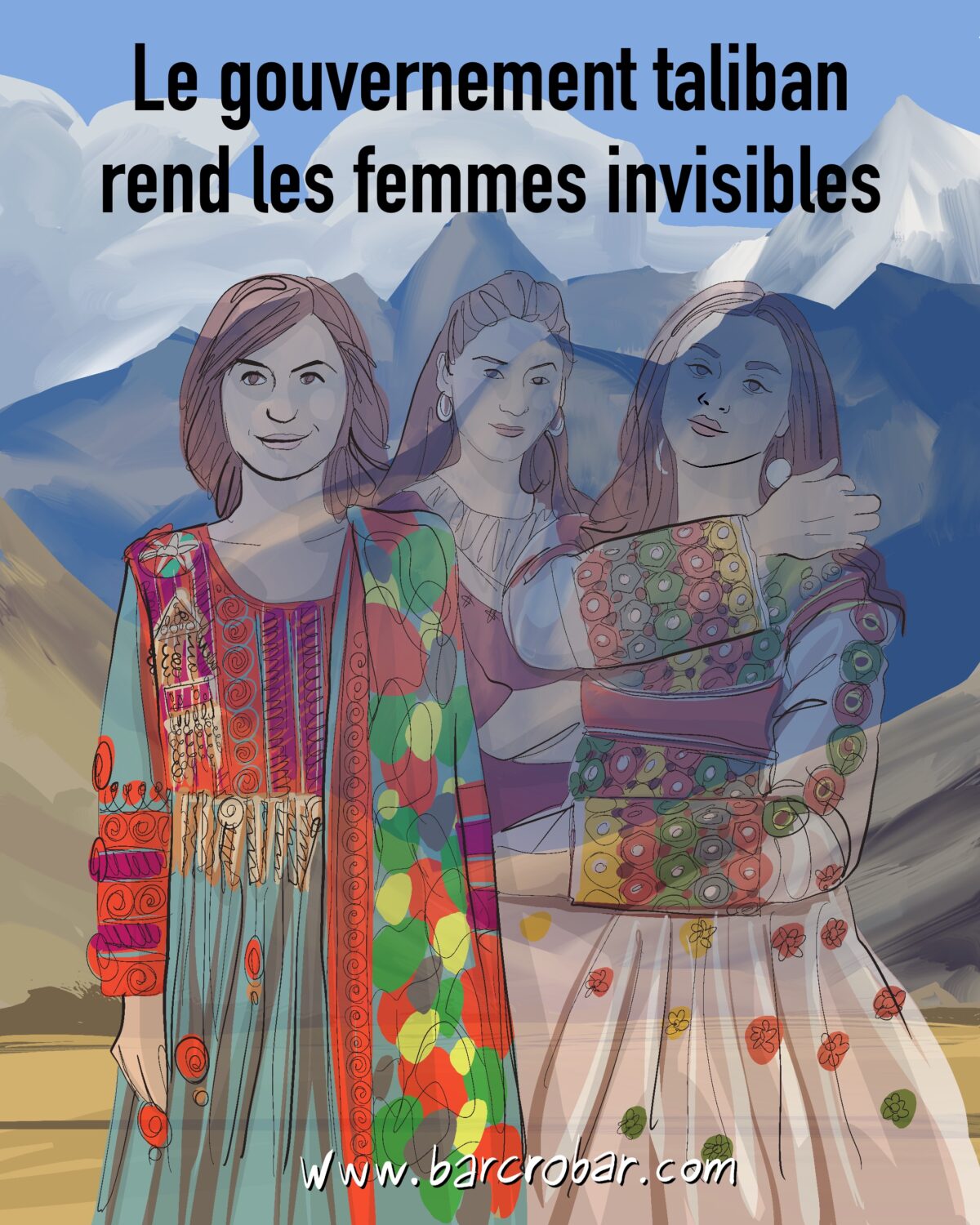Les autorités ont interpellé 450 nouveaux manifestants dans le nord de l’Iran, où plus de 700 personnes ont déjà été arrêtées pour avoir participé aux protestations contre la mort d’une jeune femme détenue par la police des mœurs, a annoncé lundi un média officiel.
Mouvement de contestation
«Lors des troubles de ces derniers jours, 450 émeutiers ont été arrêtés à Mazandaran», a déclaré le procureur général de la province, Mohammad Karimi, cité par l’agence officielle Irna. Samedi, les autorités avaient fait état de 739 manifestants arrêtés parmi lesquels 60 femmes à Guilan, province voisine de Mazandaran, dans le nord du pays.
Les manifestations ont commencé le 16 septembre, date du décès de Mahsa Amini arrêtée trois jours auparavant à Téhéran pour «port inapproprié de vêtements» dans la République islamique, où le code vestimentaire pour les femmes est strict, en particulier le port du voile islamique.
Le mouvement de contestation s’est propagé dans plusieurs villes du pays, où les manifestants ont crié des slogans hostiles au pouvoir, selon les médias locaux. «Au cours des derniers jours, des émeutiers ont attaqué des bâtiments gouvernementaux et endommagé des biens publics dans certaines régions de Mazandaran sous la direction d’agents étrangers», a-t-il affirmé.
Aucune indulgence
Dimanche, le chef du pouvoir judiciaire, Gholamhossein Mohseni Ejeï, a menacé de ne faire preuve d’«aucune indulgence» vis-à-vis des manifestants et appelé les forces de l’ordre à agir «fermement» contre «ceux qui portent atteinte à la sécurité».
Selon un bilan officiel non détaillé, incluant manifestants et forces de l’ordre, 41 personnes ont été tuées en dix jours de protestations. Mais le bilan pourrait être plus lourd, l’ONG Iran Human Rights (IHR), basée à Oslo, faisant état d’au moins 57 manifestants tués.
L’agence de presse Tasnim a publié lundi une vingtaine de photos de manifestants parmi lesquels des femmes dans diverses rues de Qom, importante ville sainte chiite située à près de 150 km au sud de la capitale. Les institutions militaires et sécuritaires ont publié ces images des «meneurs des émeutes» et appelé les habitants à les «identifier et informer les autorités», a ajouté l’agence.



